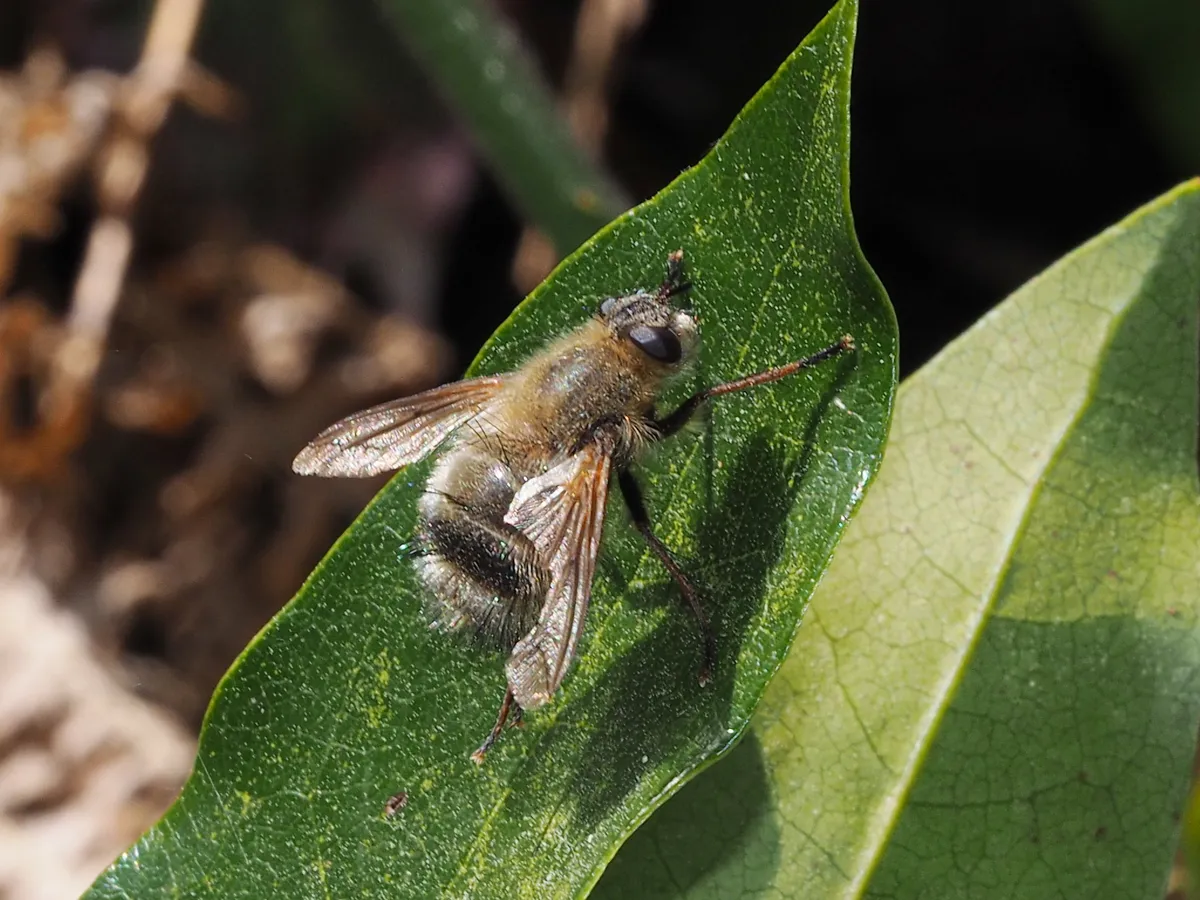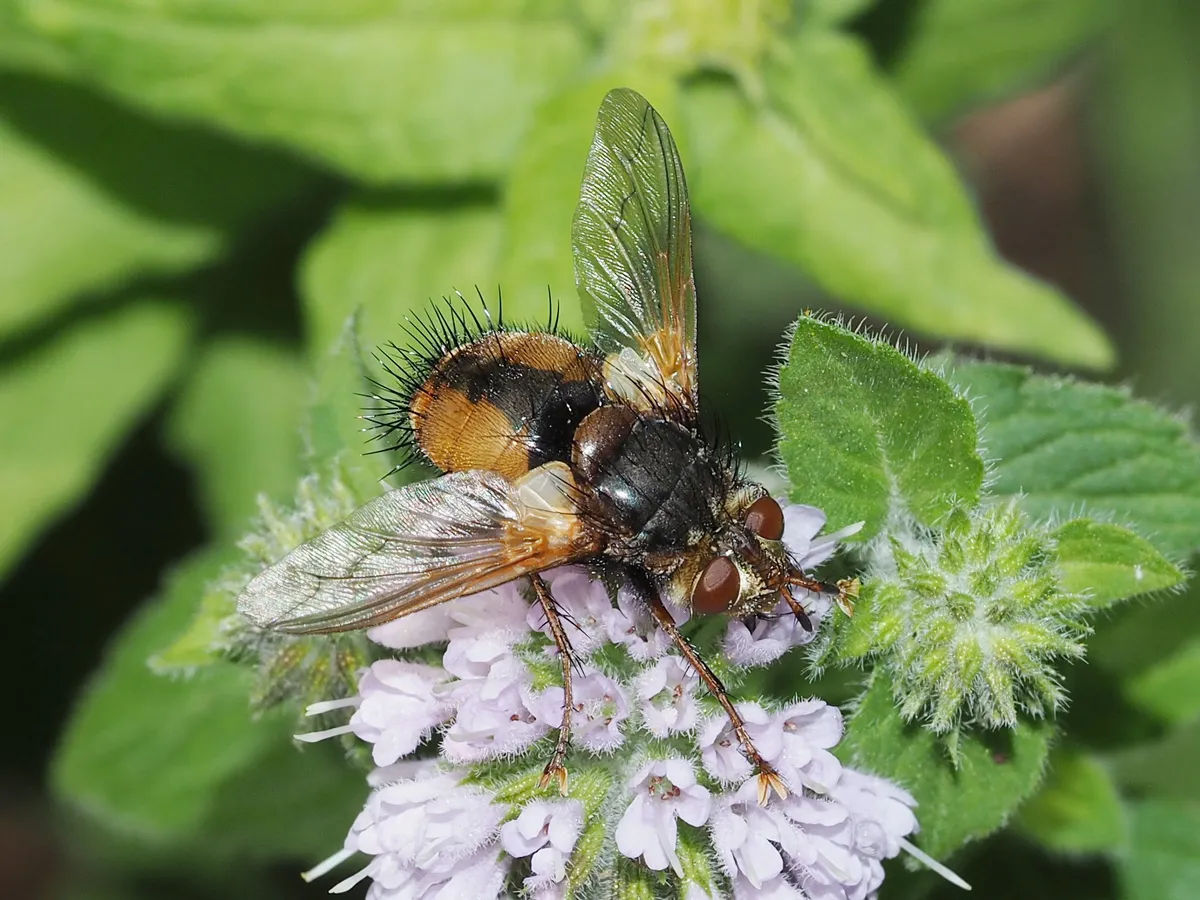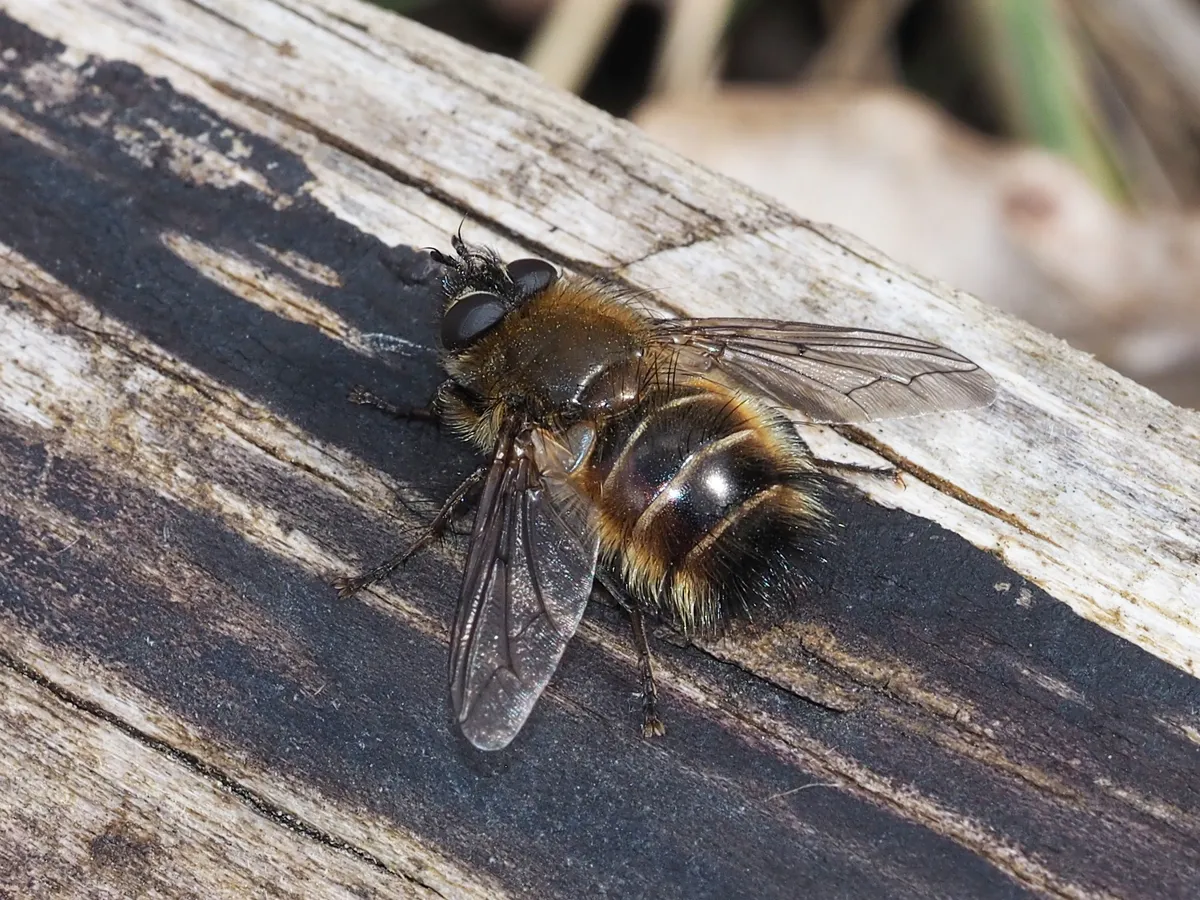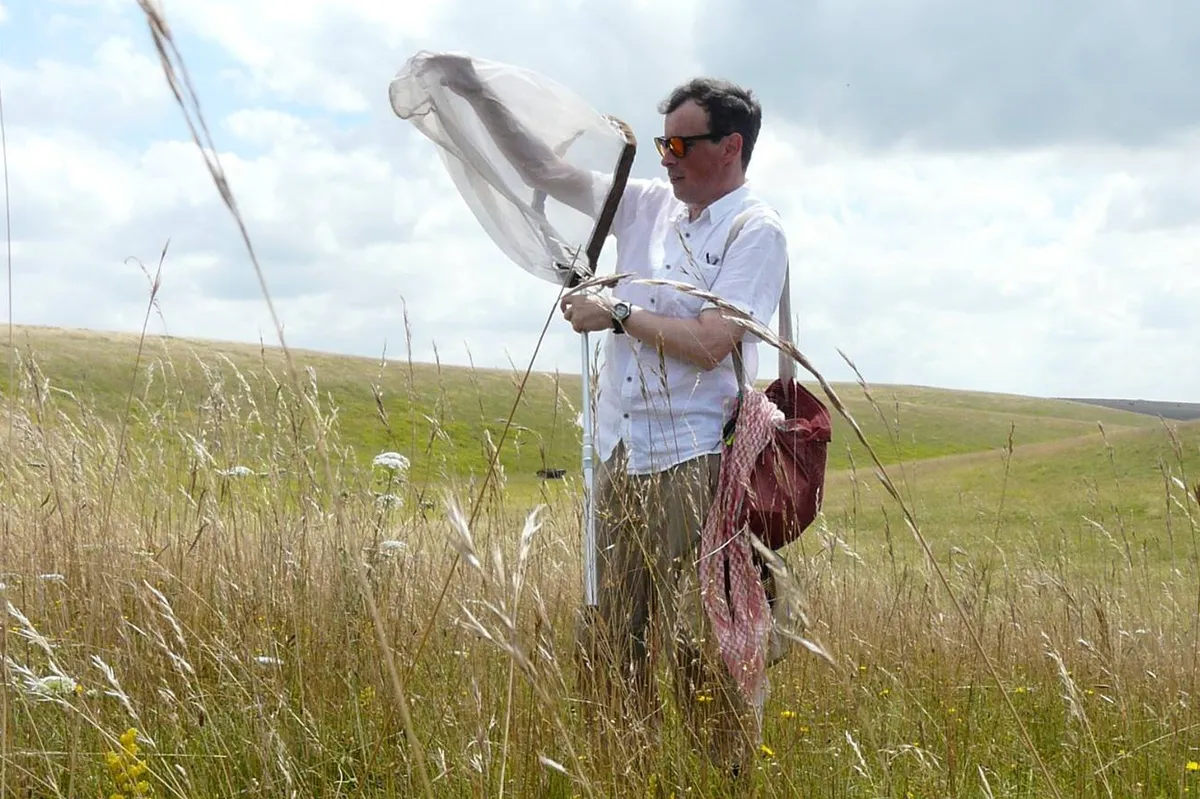Parasite flies like Tachina ursina might not seem an obvious choice of a “favourite fly” but these lovely, fluffy harbingers of spring are always a pleasure to see if I ever bump into one while on a sunny April stroll.
Sure, their larvae do have the unfortunate habit of attacking the larvae of other insects and killing them by eating away their organs from the inside, rather like the monsters in the Alien movies. But this is just “nature red in tooth and claw” and when you start to explore the insect world you find that there are literally thousands of species that attack other invertebrates in this way.

Tachinids are within the superfamily 'Calyptratae' and family 'Tachinidae'. Their closest relatives are the 'house flies' (Muscidae), 'blue-bottles' (Calliphoridae), 'flesh flies' (Sarcophagidae) and some smaller families – the Rhinophoridae and Oestridae.
Tachinids are commonly referred to as 'parasitic flies' because the larvae feed on the body tissues of immature or adult invertebrates. However, although we use the term parasite they are really parasitoids – the difference being that parasites (like tapeworms) don’t kill their hosts, but parasitoids usually cause the death of the host in some way – either by killing them outright – or by weakening them so much that they die.

There are over 280 species of parasite fly in the UK alone, plus thousands of species of parasitic wasp. It’s utterly fascinating and insects like these act as a population control, which prevents the world being infested with caterpillars.
I should add that the species name “ursina” comes from the word “ursine”, meaning “bear-like” but this isn’t because they have a fearsome reputation amongst caterpillars, but more because they are covered in teddy-bear coloured fluffy hairs.

They’re actually quite a cute & cuddly looking fly and worthy of their name. Across the country look out for a fairly large, fluffy fly with thin pale bands across the abdomen basking in the sun in late March to early May then it is probably T. ursina.
Like many other spring species, they need to keep warm and so the woolly hairs trap heat against the body and they spend a large part of their day sitting in sunny glades, usually in or alongside woodlands.
We don’t actually know for certain what the hosts are, because nobody has ever reared one out, but it is presumed that they would be the larva of a species of fairly large moth. In the #YearoftheFly it would be great to get some host data for this species.
Anyway, do keep your eyes peeled for big, brown, fluffy flies in sunny glades when you are out and about this spring and send in your records to the Tachinid Recording Scheme, via iRecord!
Chris Raper co-runs the Tachinid Recording Scheme with Matt Smith and works at the Angela Marmont Centre for UK Biodiversity at the Natural History Museum.

Main image: Tachina ursina. © Nick Baldwin